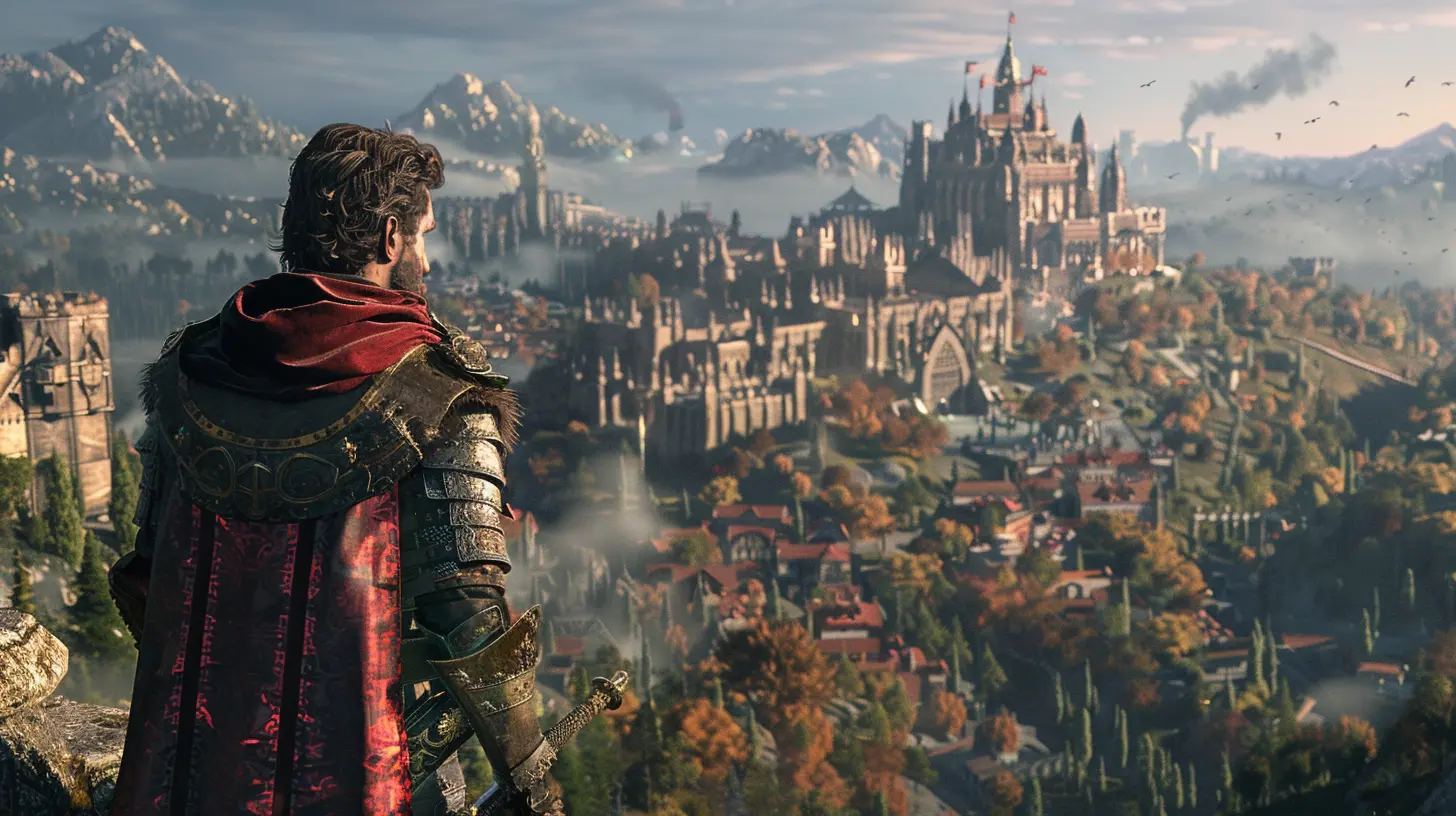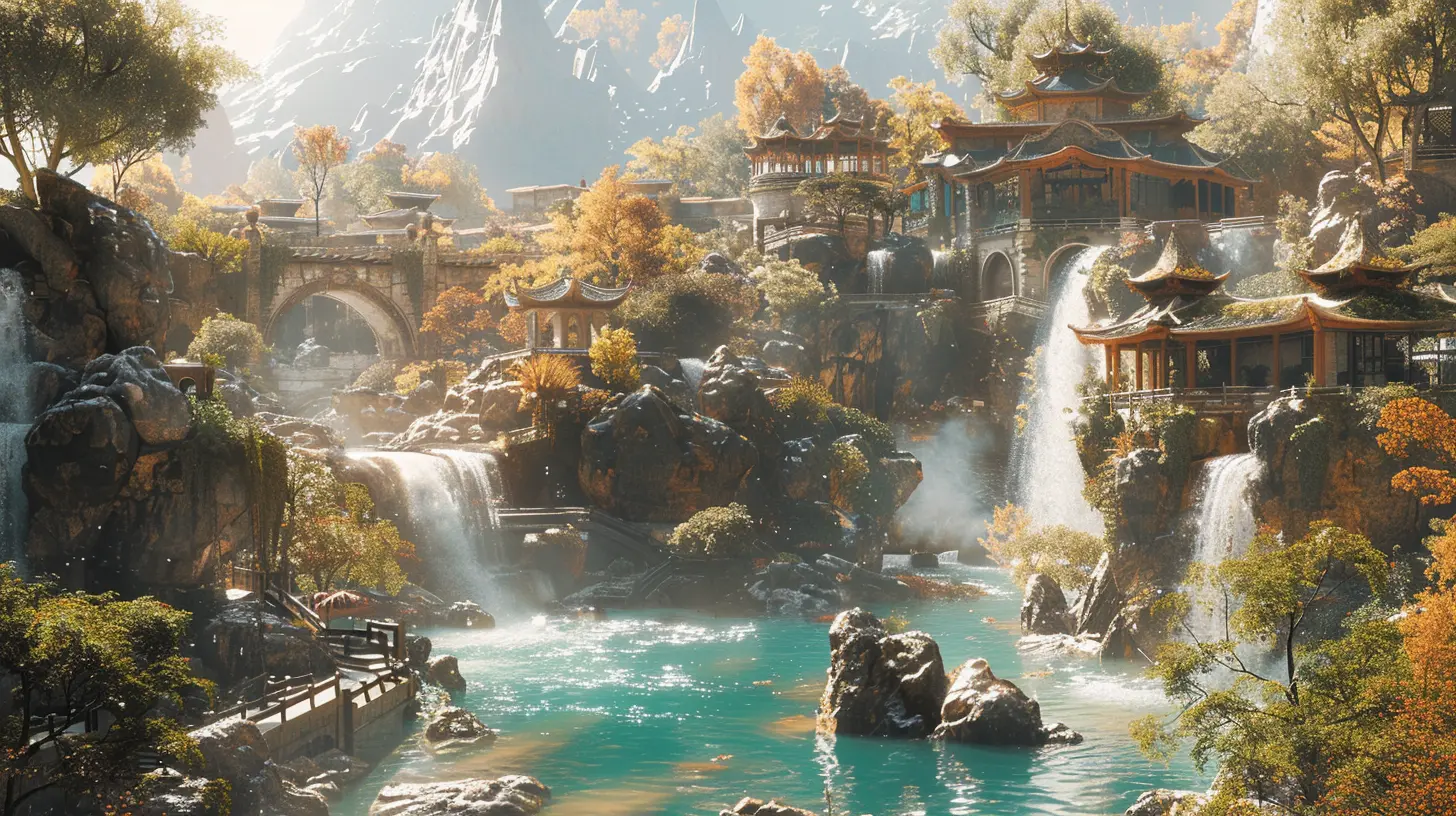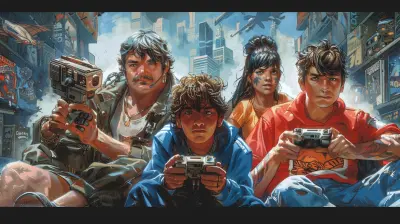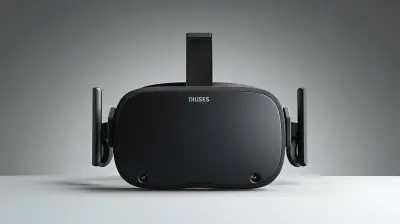26 February 2025
It’s wild how far gaming technology has come, right? One minute, you’re dealing with pixelated characters that barely resemble a human, and the next, you’re staring at a screen wondering if you’re looking at a game or a high-resolution photo. Hyper-realistic games have taken the industry by storm, and let’s be honest—sometimes it feels like they’ve blurred the lines between reality and fantasy. But it also makes you wonder: can these incredibly realistic games really hold a candle to the charm of traditional, imaginative fantasy games? Let’s dive into this clash of titans: fantasy versus reality in video games.
Why Are Hyper-Realistic Games So Popular?
Let’s start with the obvious. Hyper-realistic games are eye-catching, jaw-dropping, and let’s not forget, downright impressive. Thanks to advancements in game engines like Unreal Engine 5 and ray tracing technology, developers can now craft pixels that mimic reality so closely it’s almost creepy. That’s part of the appeal, isn’t it? You’re no longer just playing a game; you’re stepping into it.Think about games like Red Dead Redemption 2 or The Last of Us Part II. Every blade of grass, every bead of sweat on a character—it all screams realism. It’s like the developers are asking, "How real is too real?" And guess what? Gamers are eating it up. But why?
Well, for starters, hyper-realistic games offer immersion like no other. Imagine walking through a dense rainforest that looks so lifelike you can almost feel the humidity. Or cruising down a city street where you swear you hear the faint hum of traffic behind you. It’s not just playing; it’s experiencing. And for some gamers, that’s what it’s all about.
The Allure of Fantasy Games: Where Imagination Has No Limits
Now let’s flip the coin. Fantasy games are like that delicious soup for the soul—warm, comforting, and packed with flavors you can’t find anywhere else. These games don’t try to mimic the real world. Nope. They open the door to new dimensions, magical realms, and things beyond human comprehension.Take The Legend of Zelda or Final Fantasy, for example. These games don’t care about gravity, physics, or even logic. They’re too busy letting you ride dragons, wield otherworldly powers, and save kingdoms from evil sorcerers. You’re not bound by the rules of reality, and isn’t that kind of the whole point of gaming?
Fantasy games thrive on creativity. They’re not just asking you to step into a new world; they’re inviting you to dream. It’s this ability to transport players into the unknown that makes fantasy games timeless. Sure, they may not have photorealistic graphics, but that’s not why you play them. You play them to escape reality, not replicate it.
The Drawbacks of Hyper-Realism: When Is Too Real, Too Much?
Let’s be real for a second (pun intended). As stunning as hyper-realistic games are, they’re not perfect. There’s a fine line between realism and uncanny valley territory, and sometimes developers end up on the wrong side of it. Ever watched a character's facial animations that are too lifelike? Yeah, instead of marveling at the detail, you’re squirming in your seat.Another issue? Realism can sometimes be limiting. Developers striving to make everything "just like real life" may end up sacrificing creativity. You can’t have your character walking up sheer cliffs or shooting lightning from their fingertips if the goal is to make the game look and feel real. In that sense, hyper-realistic games can feel a bit... predictable.
And then there’s the elephant in the room: hardware requirements. These games demand the latest and greatest tech. If you’re still rocking an older console or a mid-tier PC, forget about it. You’ll either deal with frame drops galore or not be able to play at all. It’s like buying a Ferrari but being told you can only drive it on specific roads. Frustrating, right?
Fantasy’s Greatest Weakness: Escapism as a Double-Edged Sword
Of course, fantasy games aren’t without their own flaws. The very thing that makes them so magical—escapism—can also be a downside. For some players, fantasy worlds might feel too detached from reality. You know, like when you’re trying to explain Kingdom Hearts to someone who’s never played it, and even you start to lose track of the plot? Yeah, it can get that weird.Plus, let’s not ignore the elephant in this room: outdated graphics. Fantasy games often prioritize storytelling and world-building over cutting-edge visuals. That’s okay! But for gamers who value eye candy, it can be a bit of a letdown. After all, why settle for cartoonish textures when hyper-realistic worlds exist?
Lastly, some fantasy games rely heavily on tropes—save the princess, slay the dragon, rinse and repeat. Even a genre as boundless as fantasy can fall into predictable patterns, which might make players feel like they’ve seen it all before.
So, How Do They Stack Up?
It’s not really a question of which is objectively "better," but rather what you’re in the mood for. Hyper-realistic games offer a mirror to the world, while fantasy games act as a portal to another. Both have their strengths, and both have their weaknesses.If you’re looking for a game that pulls you into its world so deeply you forget you’re even playing, hyper-realism might be your jam. But if you’re seeking a game that lets your imagination run wild and takes you places you’ve never dreamed of, fantasy has your back.
In fact, some of the best games out there combine the two. Think The Witcher 3 or Elden Ring. These games have jaw-dropping visuals but don’t shy away from the fantastical elements. It’s the best of both worlds, really.
What Does the Future Hold?
With gaming tech evolving at lightning speed, the debate between fantasy and reality in games is only going to get more intense. Will we eventually see hyper-realistic fantasy games that completely obliterate any distinction between the two? Honestly, it sounds like a likely possibility.VR and AI-driven experiences are already pushing the envelope. Imagine putting on a VR headset and stepping into a world where you can cast spells with your hands while the environment reacts as realistically as it does in the real world. It’s mind-blowing just thinking about it, right?
But no matter how advanced technology gets, one thing’s for sure: gamers will always crave both ends of the spectrum. Sometimes you want a dose of reality, while other times you need a splash of pure, unfiltered imagination.
The Bottom Line
At the end of the day, the choice between fantasy and hyper-realism boils down to personal taste. Gaming, at its core, is about fun, immersion, and escape. Whether you’re galloping through a photorealistic meadow or flying on a dragon through a vibrant, otherworldly sky, the magic lies in the experience itself.The beauty of gaming is that there’s something for everyone. And honestly? That’s what makes this hobby so epic. So, grab your controller, fire up your console, and dive into whichever world suits your vibe today—whether it’s brutally realistic or wildly imaginative.







Sofia McAuley
Great article! It’s fascinating to see how realistic graphics can enhance our gaming experiences and blur the lines of reality.
March 16, 2025 at 4:41 PM